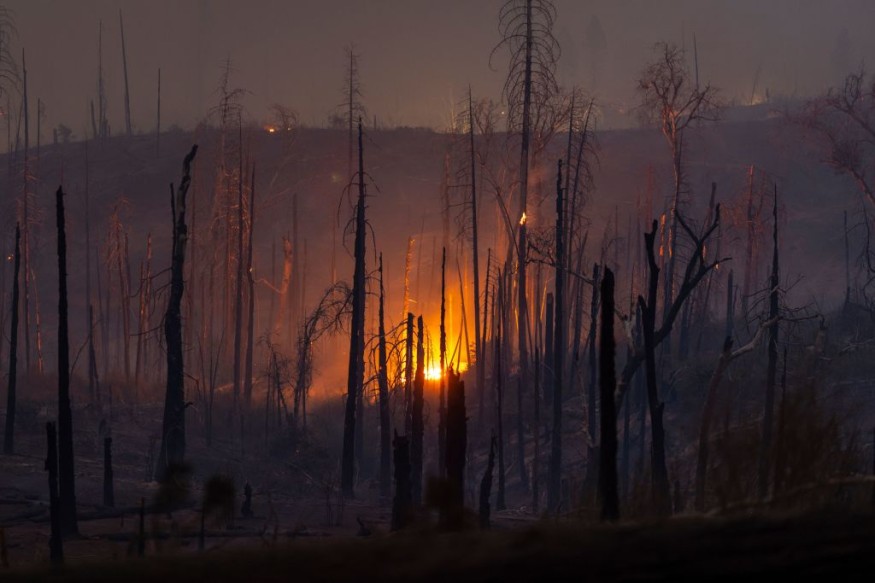According to studies, smoke from wildfires in the West can affect Arctic sea ice. According to a recent study published in Science Advances, there may be more of a connection between sea ice and wildfires than previously believed.

Researchers from the University of Colorado Boulder and the National Center for Atmospheric Research (NCAR) discovered that soot and other burned biomass from wildfires in Colorado and other parts of the Northern Hemisphere could eventually travel to the Arctic by examining the differences between climate models. Once there, it impacts how much sea ice is there at any particular moment.
This can then impact global climate patterns, creating a feedback loop connecting the two systems in a way that hasn't been witnessed before.
Intensive Study
The study's primary author, Patricia DeRepentigny, a postdoctoral scholar at NCAR, stated, "This research demonstrated that particles generated from wildfires where people live may profoundly affect what happens in the Arctic hundreds of miles away."
"Sometimes the Arctic can be seen as this region we shouldn't care about because it's so far from where we live, but the back-and-forth of what happens here with the wildfires can affect the sea ice, and a diminishing sea ice can then lead to more wildfires here connects us with the Arctic a little more," the author says.
Governments all across the globe have long utilized climate models, which are simulations of how various elements of the climate interact, to help direct future climate change policy. These models have gotten more sophisticated and capable as science has progressed.
DeRepentigny and colleagues discovered, however, that a newer model, the NCAR-based Community Earth System Model version 2 (CESM2), showed a sharp acceleration in Arctic sea ice loss at the end of the 20th century that was not seen in the earlier models. So they decided to learn the reason.
Studying Models

When forcings (the various ways a climate model can be influenced, such as carbon dioxide or methane emissions or solar radiation) were compared between the new and previous generations of climate models, they discovered that emissions from biomass burning had the greatest impact on simulated Arctic sea ice loss.
They discovered that these emissions from biomass burning mattered so much because of the non-linear cloud impacts that may occur when aerosols, tiny particles, or liquid droplets emitted by fires mix with Arctic clouds. When there are many aerosols generated during a year with a lot of fires, it can result in more and thicker clouds, but in years with fewer fires, the clouds are thinner, allowing more solar radiation to get through and melt more ice.
According to earlier studies, large flames spread more widely over the western United States as the sea ice melts. This new research implies that this unpredictability may produce more of a feedback loop than previously believed by demonstrating that smoke from wildfires can aid in protecting the ice.
As an associate professor of atmospheric and oceanic sciences at the Institute of Arctic and Alpine Research (INSTAAR) at the University of Colorado Boulder, Alexandra Jahn, one of the paper's authors, said, "When we think about climate, everything's interconnected, and this is a great example of that."
We have to look at the global picture to comprehend all these different interconnections when we're thinking about climate processes because it's a problem that affects the entire world.
Goal of the Study
The researchers note that their research was model-specific-that is, it only examined one particular climate model-but that their trials serve as an excellent foundation for further investigation. This could involve focusing on the effects of particular fires rather than all fires and fine-tuning the models to perform simulations where the model can produce the fires; for example, if a dry year is predicted, the model could then simulate more fires, which would then affect the predictions for future sea ice loss.
According to DeRepentigny, this study "helps us move closer to something that can help us make the greatest decisions as a society," adding that the objective is to have these climate simulations be more trustworthy and provide forecasts that may then guide policymakers and societal decisions.
For more news about the environment , don't forget to follow Nature World News!
© 2025 NatureWorldNews.com All rights reserved. Do not reproduce without permission.





